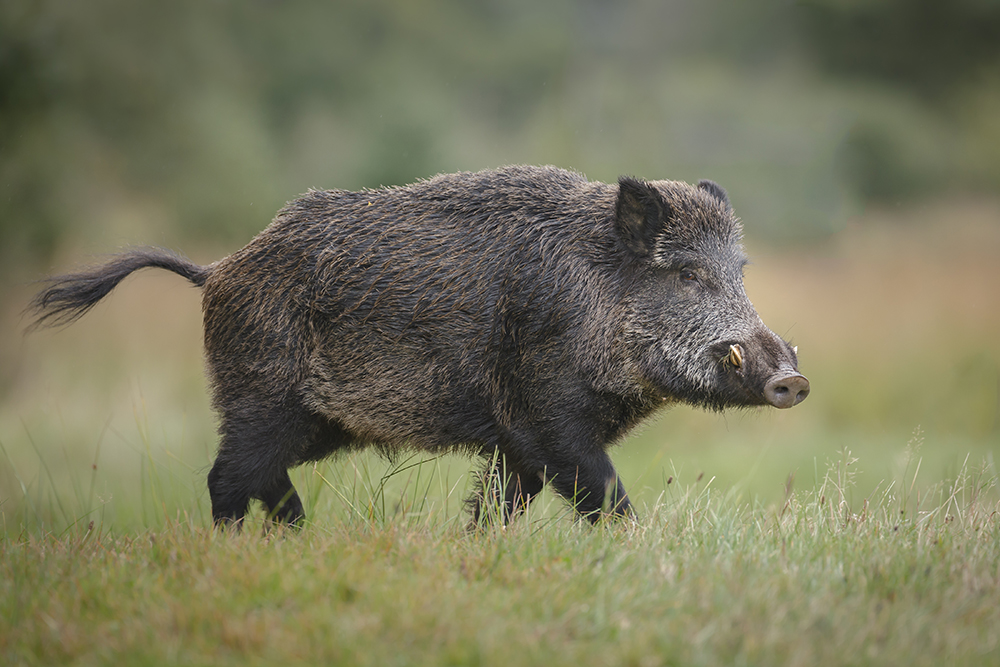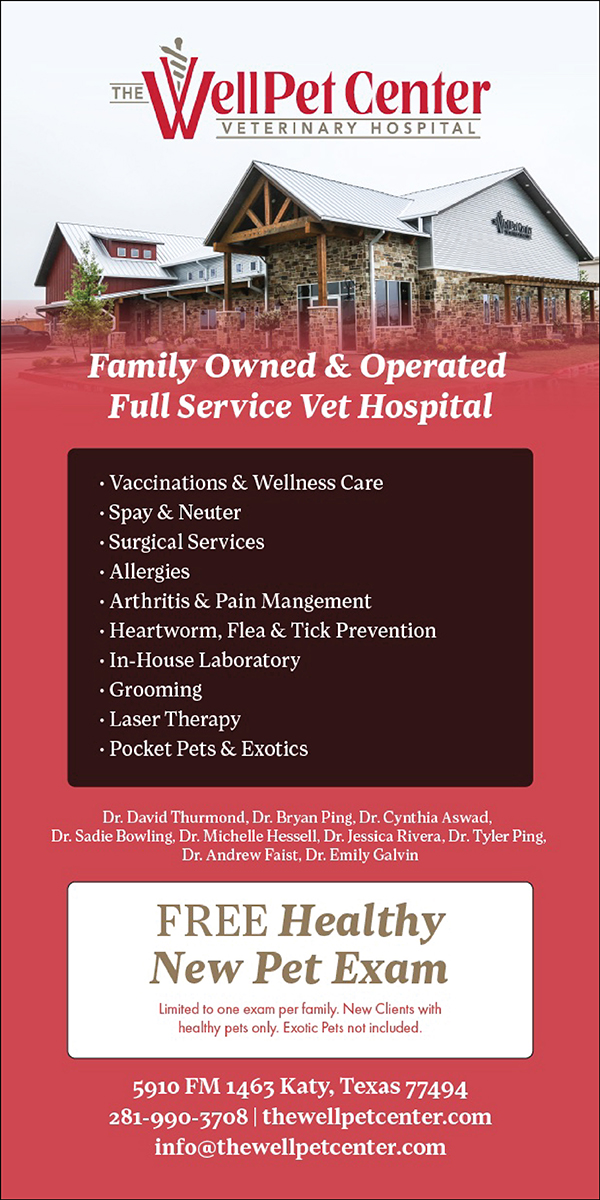
Wild Hog Sightings on the Rise: What Katy Communicator Residents Need to Know About the Growing Feral Hog Problem
If you’ve seen torn-up turf, muddy wallows, or even a wild hog sprint across your neighborhood or in nearby shopping centers recently, you’re not alone. Residents across the Katy area and beyond have reported multiple feral hog sightings in recent weeks—especially near greenbelts, detention ponds, and the edges of residential subdivisions.
These reports reflect a broader trend across West Houston and Greater Katy, where wild hogs—once largely confined to rural and agricultural land—are increasingly encroaching into suburban neighborhoods. So, why is this happening, and what can you do to protect your property, your pets, and your community?
Why Are Wild Hogs Invading Neighborhoods?
Feral hogs, also called wild pigs or wild boars, are non-native invasive species introduced to Texas by European settlers. Over time, they’ve established large, free-ranging populations across the state. Texas is now home to an estimated 2.6 million wild pigs—more than half of the entire U.S. population.
Several factors are contributing to their increased presence in suburban areas like Katy:
1. Loss of Habitat from Suburban Growth
New master-planned communities and commercial developments continue to reshape areas once occupied by woodland and prairie. This includes land bordering Barker Reservoir, George Bush Park, Addicks Reservoir, and the Katy Prairie—known wildlife corridors that run parallel to many Katy and West Houston neighborhoods. As natural spaces disappear, hogs move into fringe areas where food, water, and shelter still exist.
2. Prolonged Drought Conditions
The National Weather Service reports worsening drought across Southeast Texas, especially in Harris and Fort Bend counties. As streams and ponds dry up, feral hogs—which rely heavily on water for cooling and foraging—are clustering around remaining water sources like drainage basins, retention ponds, and irrigation-fed lawns.
3. Highly Adaptable and Opportunistic Behavior
Feral hogs are habitat generalists and opportunistic omnivores. They’ll eat anything from acorns and grass to pet food and garbage. During droughts, they expand or shrink their range to find resources, often converging in suburban greenbelts, wooded lots, and even golf courses.
Mobile Sidebar Ad
Signs of Wild Hog Activity in Your Neighborhood
According to the Texas A&M AgriLife Extension's guide Recognizing Feral Hog Sign, some of the most common signs include:
-
Rooting: Torn-up grass, flower beds, or soil from hogs digging for food.
-
Tracks: Cloven-hoof prints about 2–3 inches wide.
-
Wallowing: Shallow muddy depressions, especially near water.
-
Rub marks: Mud left on tree trunks, fences, or structures.
-
Scat: Dark, pellet-like droppings, often near food sources or wallows.
Are Wild Hogs Dangerous?
Yes—both directly and indirectly. Wild hogs are generally not aggressive toward humans unless provoked, but:
-
They can injure pets or livestock, especially if cornered.
-
They carry diseases like brucellosis and leptospirosis, which can affect humans, pets, and cattle.
-
Their rooting and wallowing can damage lawns, gardens, irrigation systems, and even undermine fences or small structures.
-
They contribute to water pollution by increasing sediment, bacteria, and nutrients in streams and lakes.
What Can Homeowners in Katy Communicator Do?
If you spot feral hogs in your neighborhood, here’s what you can and can’t do, especially within HOA-governed communities and suburban developments governed by local ordinances.
You Can:
-
Report sightings to your HOA, MUD, neighborhood security, and nearby residents.
-
Remove attractants like spilled bird seed, pet food, compost, and unsecured trash.
-
Install fencing (with HOA approval) if hog activity is frequent on your property.
-
Use motion-activated lights or sprinklers to discourage visits.
-
Report significant damage or recurring sightings to Game Wardens, who may assist with advice or referrals.
You Can’t:
-
Trap, hunt, or shoot hogs unless you are the landowner or have written permission—and even then, only if local ordinances and HOA rules allow it.
-
In most master-planned and HOA communities, you may not discharge firearms or set traps without violating city or subdivision rules.
-
While state law allows landowners to remove feral hogs without a hunting license if the animals are causing damage, suburban restrictions often override this in practice.
-
-
Use poisons or unlicensed removal methods. These are illegal, dangerous to pets and people, and regulated by state law.
-
Relocate hogs yourself. It is illegal to transport live wild hogs in Texas without proper permits from the Texas Animal Health Commission.
If hog activity becomes significant in your area, your best course of action is to work with your HOA and consult a licensed wildlife control professional familiar with both state law and local ordinances. Texas Game Wardens can also provide direction or referrals.
Mobile Sidebar Ad
What Can Game Wardens and Wildlife Agencies Do?
Local Texas Parks and Wildlife Game Wardens cannot remove wild hogs for you, but they can provide guidance on safe reporting, legal options for removal, and connect you with licensed professionals.
Here are some contacts for residents of Katy and surrounding counties:
Fort Bend County
- Game Warden K. Mitchell – 361-816-6996
- Game Warden S. Gfroerer – 325-716-0752
Harris County
- Game Warden A. Kincaid – 325-617-8274
- Game Warden Lopez – 832-523-8565
- Game Warden Putnam – 281-740-0161
Montgomery County
- Game Warden Apple – 936-524-6927
- Game Warden Price – 936-446-9463
Game Wardens also recommend professional wildlife control operators who can legally trap and remove hogs when permitted.
What About Trapping or Removal?
The Texas A&M Natural Resources Institute recommends large-scale trapping as the most effective removal method for small-acreage properties and metro-adjacent areas. However, in HOA-regulated communities, this must be coordinated with your community management company and follow all county and city regulations.
While feral hogs can be removed without a hunting license on private land in Texas, HOA-governed neighborhoods must follow stricter rules. Most suburban areas prohibit firearms, trapping, or relocation without proper authorization. Even non-lethal traps may be restricted. Homeowners should consult their HOA, confirm local and county regulations, and work with licensed wildlife professionals to ensure safe and legal removal. Taking action without proper approvals may lead to violations or fines.
A Community Approach Is Key
Like many issues facing growing suburban communities, wild hog management requires awareness, coordination, and timely action. The more informed Katy Communicator residents are about signs of wild hog activity and how to respond appropriately, the more successful the neighborhood will be in reducing property damage and protecting both people and wildlife.
Stay safe—and stay tuned to My Neighborhood News for more local updates.
 Tiffany Krenek has been on the My Neighborhood News team since August 2021. She is passionate about curating and sharing content that enriches the lives of our readers in a personal, meaningful way. A loving mother and wife, Tiffany and her family live in the West Houston/Cypress region.
Tiffany Krenek has been on the My Neighborhood News team since August 2021. She is passionate about curating and sharing content that enriches the lives of our readers in a personal, meaningful way. A loving mother and wife, Tiffany and her family live in the West Houston/Cypress region.






